L’white olivescientific name Olea europaea var. leukocarpis an ancient variety of olive, also known as leucolea. It has recently been rediscovered in our regions, especially in Calabria, Tuscany and, recently, more generally, in the Tuscia area.
It is an olive tree that, unique in the world, produces white drupes. From these we obtain a very particular oil, used in ancient times as an ointment, especially in religious ceremonies.
The white olive is an absolute heritage of our biodiversity, which must be protected and enhanced.
The beauty of the leucolea is getting noticed among enthusiasts, who, even for simple ornamental purposes, are looking for this exceptional variety.
In this article we discover the characteristics of the leukocarp and we know a little about its history.
Origins of the white olive
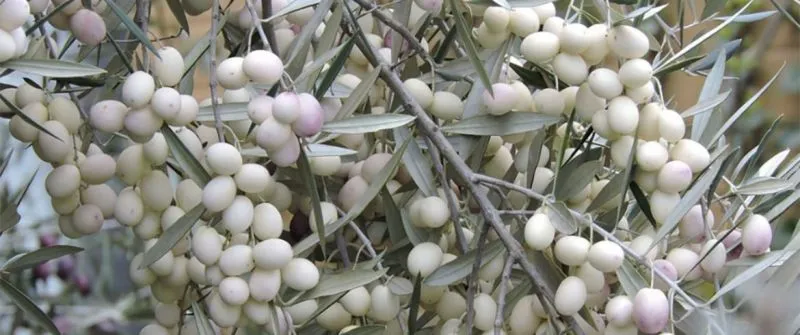
L’white olive is very old and it is believed to be native to the Greek island of Kasos. Precisely for this reason she is also known by the name of Leucokasos.
This variety came imported to Italy in the 6th century AD and its spread began thanks to Basilian monasticism, an important religious order, very active in our southern regions, between the 7th and 10th centuries.
Precisely in the monastic context, the cultivation of this variety of olive tree it had a great impulse, as its precious oil was used in religious ceremonies.
Leucolea at the time of Magna Graecia was widespread throughout Calabria. Later the monasteries ceased and therefore the reasons for its cultivation. Therefore, this particular cultivar was gradually abandoned.
The rediscovery of the white olive
In recent times the white olive has been rediscovered. Sporadic specimens have been found, in Calabriabetween the provinces of Reggio Calabria and Cosenza, and in Tuscany.
Furthermore, its introduction in Tuscia, in the Viterbo area, is very recent, thanks to the work of an olive grower who loves ancient crops.
Characteristics of the plant
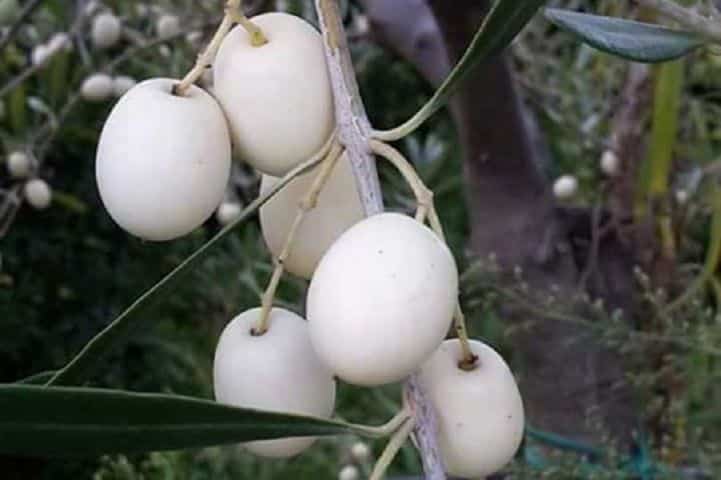
The tree of Olea europaea var. leukocarp it is reproduced by some Italian specialized nurseries. Its features are as follows:
- medium vigor
- upright bearing
- expanded foliage
- olive leaves medium-large, elongated, dark green color
- small drupe, ivory white when fully ripe
- medium oil content
The white color of the leucolea drupes is due to a particular reaction at the time of veraison, therefore before olive harvest.
During its annual cycle the leucolea bears normal green olives. However, when the moment of veraison arrives, the peel is unable to pigment and takes on the white color.
Usually, normal olives are colored, going from green to black. This happens due to the degradation of chlorophyll and the increase in the production of anthocyanins.
In white olives this normal process does not occur: chlorophyll decreases, but anthocyanins do not increase. At the genetic level, this anomaly is due to the silencing of the genes that allow the synthesis of anthocyanins.
The result is that the drupe produced by the leukocarp tree changes its color from green to ivory white.
The uses of oil
From white olives is obtained a very light colored oil. This was used in religious services.
For this reason, leucolea oil was also known as Chrism oilfrom which the Catholic ceremony of the Confirmation.
Specifically, here are the “sacred” uses of this transparent oil:
- anointing of the chosen ones to the high Byzantine imperial offices;
- ceremonial oil for the coronation of emperors;
- sacred oil in religious services, such as: baptism, confirmation, anointing of the sick, ordination of new priests and bishops;
- in addition to these “mystical” uses, leucolea oil was used as a fuel in oil lamps. This is because when it burns it produces little smoke.
The white olive today
From the organoleptic point of view white olive oil it is not very valuable. For food use, its quality is poor compared to that of extra virgin olive oil.
Perhaps this is the real reason why the cultivation of this ancient tree has gradually been lost over time.
In any case, it is good that today this particular variety is rediscovered and valued, as it is an integral part of our heritage of bio-diversity.
Furthermore, the ornamental purpose of leukocarp trees is winning. Having a tree in the garden that produces a white olive, in fact, gives a great aesthetic impact and a nice touch of originality.

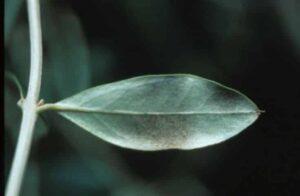
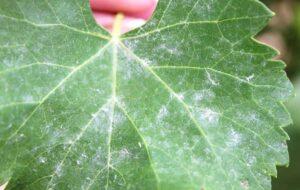
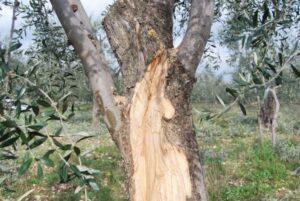
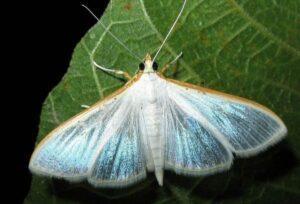
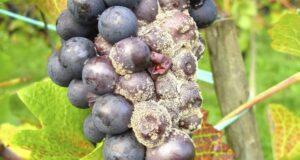
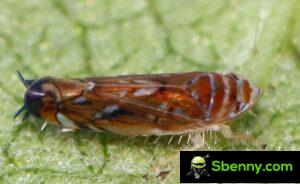
Start a new Thread